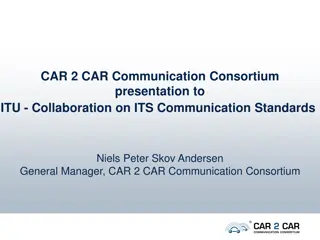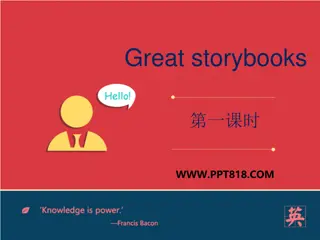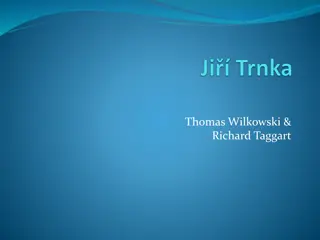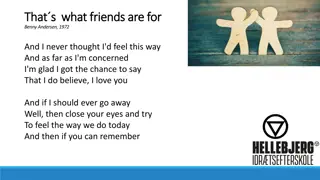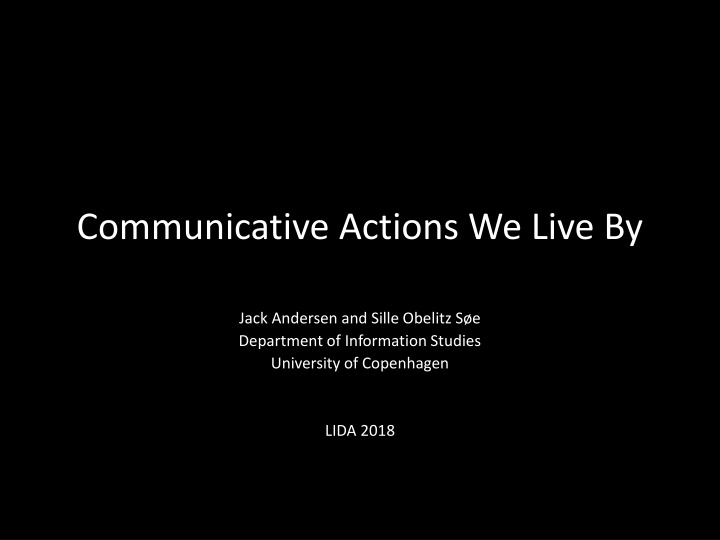
Communicative Actions in Addressing Fake News
Explore the phenomenon of fake news through socio-cultural diagnosis, flagging, fact-checking, tagging, and Facebook's algorithm. Delve into the concept of fake news, communication as purposeful action, and intervention in digital communication. Gain insights into the various forms of fake news and how social media algorithms assess authenticity amidst misleading information.
Download Presentation

Please find below an Image/Link to download the presentation.
The content on the website is provided AS IS for your information and personal use only. It may not be sold, licensed, or shared on other websites without obtaining consent from the author. If you encounter any issues during the download, it is possible that the publisher has removed the file from their server.
You are allowed to download the files provided on this website for personal or commercial use, subject to the condition that they are used lawfully. All files are the property of their respective owners.
The content on the website is provided AS IS for your information and personal use only. It may not be sold, licensed, or shared on other websites without obtaining consent from the author.
E N D
Presentation Transcript
Communicative Actions We Live By Jack Andersen and Sille Obelitz S e Department of Information Studies University of Copenhagen LIDA 2018
Agenda The fake news phenomenon a socio-cultural diagnosis Flagging, fact checking and tagging as communicative actions The concept of fake news Facebook s algorithm: between misleadingness and Summing up
The fake news phenomenon - a socio-cultural diagnosis A politically re-opened world Risk, action at a distance & late-modernity Algorithmic media platforms Fictionalized worlds
Flagging, fact checking and tagging as communicative actions Communication as a form of doing, as action Communication as purposeful Flag, fact check or tagging fake news is not a descriptive statement Verifying the status of basic facts is one thing but questions about what facts mean and how they relate to reliable accounts of political reality cannot be reduced to the mechanics of automatic affirmation (Coleman, 2018, p. 158) Intervention in digital communication an action
The concept of fake news Fabrications Falsity Lying Deception Misinformation Disinformation Conspiracy Propaganda Satire Or something with which one disagrees
The concept of fake news Fabrications Falsity Lying Deception Misinformation unintended misleadingness Disinformation intentional misleadingness Conspiracy Propaganda Satire Or something with which one disagrees
Facebooks algorithm: between misleadingness and authenticity Our goal with News Feed is to show people the stories that are most relevant to them. One of our News Feed values is authentic communication. We ve heard from our community that authentic stories are the ones that resonate most those that people consider genuine and not misleading, sensational or spammy. With today s update, we will now take into account how signals change in real time. So now if there is a lot of engagement from many people on Facebook about a topic, or if a post from a Page is getting a lot of engagement, we can understand in real-time that the topic or Page post might be temporally more important to you, so we should show that content higher in your feed. (FB, Newsroom, Jan. 31, 2017).
Facebooks algorithm: between misleadingness and authenticity Information (or Influence) Operations Actions taken by governments or organized non- state actors to distort domestic or foreign political sentiment, most frequently to achieve a strategic and/or geopolitical outcome. These operations can use a combination of methods, such as false news, disinformation, or networks of fake accounts (false amplifiers) aimed at manipulating public opinion.) False News News articles that purport to be factual, but which contain intentional misstatements of fact with the intention to arouse passions, attract viewership, or deceive. False Amplifiers Coordinated activity by inauthentic accounts with the intent of manipulating political discussion (e.g., by discouraging specific parties from participating in discussion, or amplifying sensationalistic voices over others). Disinformation Inaccurate or manipulated information/content that is spread intentionally. This can include false news, or it can involve more subtle methods such as false flags operations, feeding inaccurate quotes or stories to innocent intermediaries, or knowingly amplifying biased or misleading information. Disinformation is distinct from misinformation, which is the inadvertent or unintentional spread of inaccurate information without malicious intent. (FB, Information Operations and Facebook, Apr. 27, 2017, p. 5).
Facebooks algorithm: between misleadingness and authenticity Today, we re announcing two changes which we believe will help in our fight against false news. First, we will no longer use Disputed Flags to identify false news. ( ) Second, we are starting a new initiative to better understand how people decide whether information is accurate or not based on the news sources they depend upon. False news undermines the unique value that Facebook offers: the ability for you to connect with family and friends in meaningful ways. It s why we re investing in better technology and more people to help prevent the spread of misinformation. ( ) Demoting false news (as identified by fact-checkers) is one of our best weapons (FB, Newsroom, Dec. 20, 2017)
Summing up The focus on relevance the actual problem? Tagging, fact checking or flagging as a matter of tuning the algorithms Tuning algorithms is a communicative and political intervention Facebook is an institution with its own set of rules and logics Facebook is not just a pure form of technology
Thanks! Jack Andersen jack.andersen@hum.ku.dk Sille Obelitz S e sille.obelitz@hum.ku.dk


